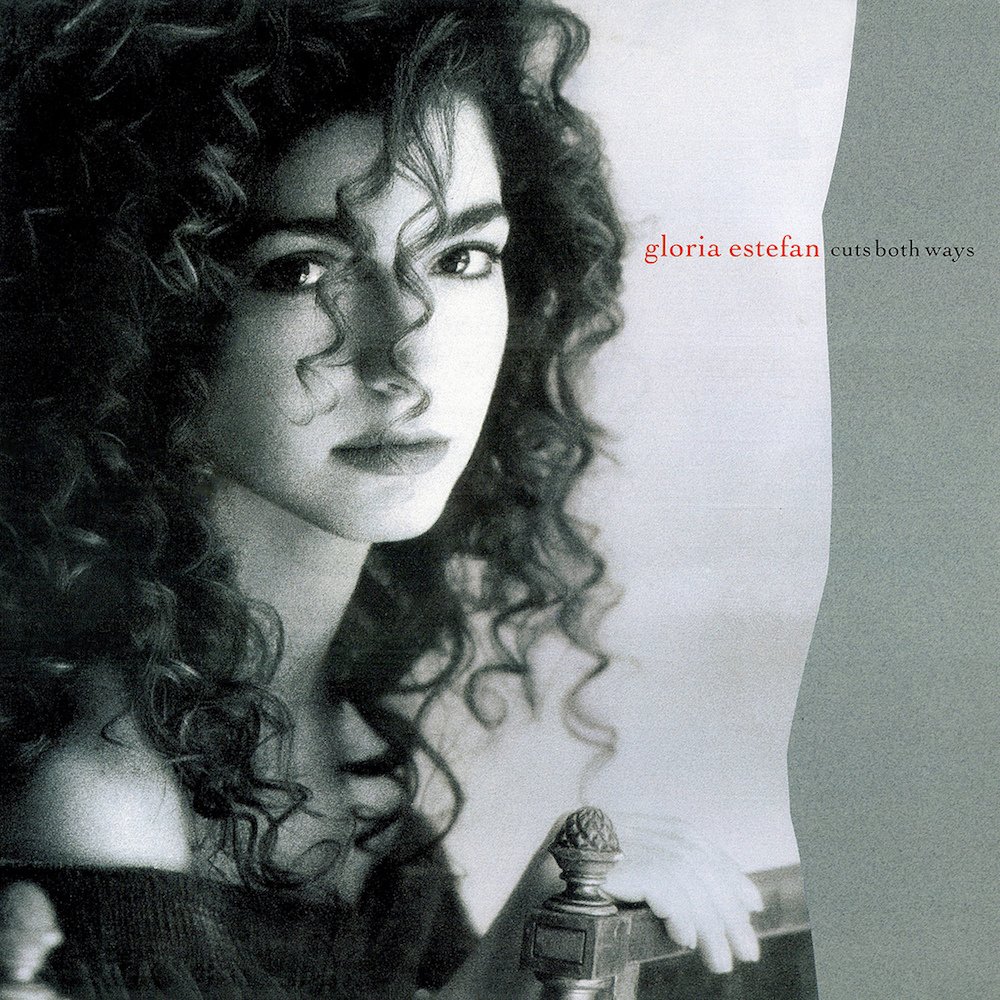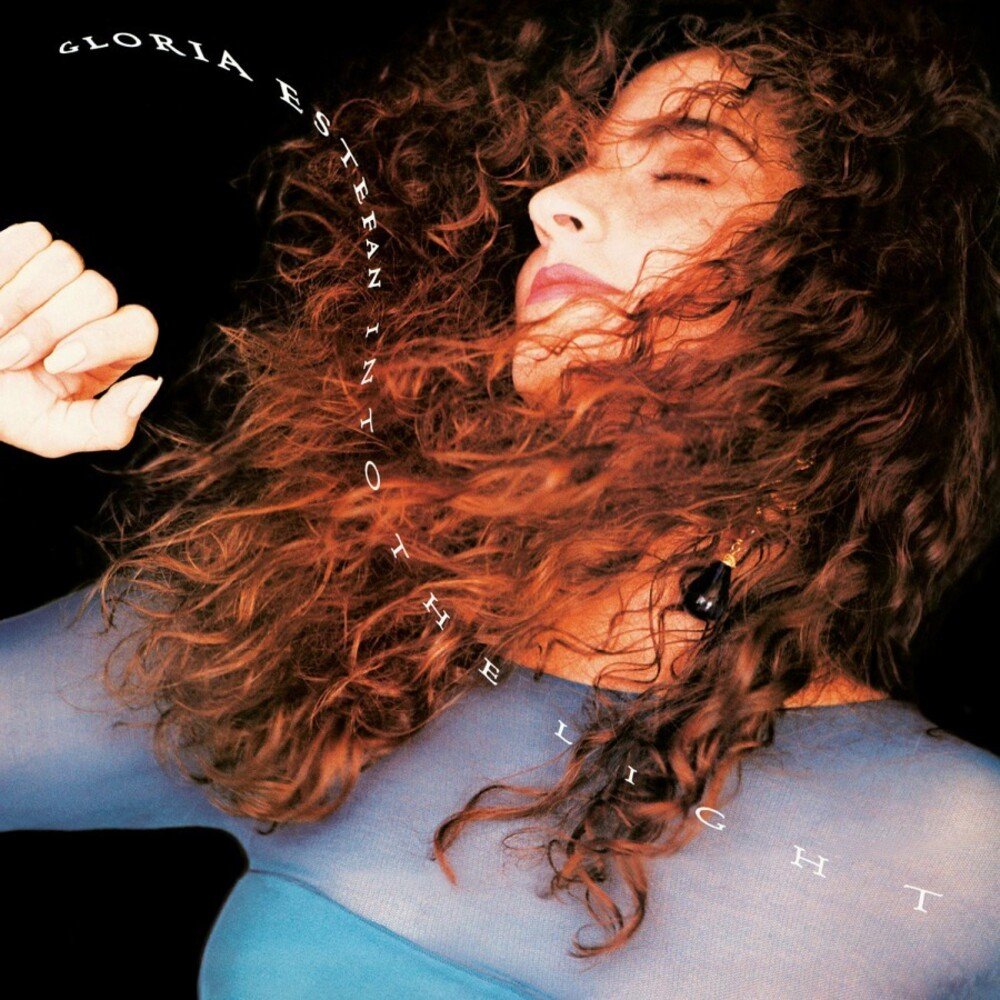Happy 30th Anniversary to Gloria Estefan’s third solo album Mi Tierra, originally released June 22, 1993.
On January 28, 1991, Gloria Estefan stood triumphantly on stage at the American Music Awards less than a year parted from the nearly fatal tour bus accident that upended her life on March 20, 1990. The standing ovation she received was deafening. Once the crowd quieted down, she launched into the rousing gospel pop anthem “Coming Out of the Dark,” the first single from her second solo affair, Into the Light (1991). In the months after Estefan's return to public view, it was business as usual. Into the Light garnered commercial and critical acclaim and its corresponding world tour secured Estefan's reputation as a concert crowd pleaser.
The issuance of a singles collection in the fall of 1992 from her longtime label Epic/Sony Records was the confirmation of Estefan’s arrival at a career crossroads. For seven years, her blend of authentic Latin instrumentation and dance-pop—as well as superb AC ballads—had been a sure bet. But what was next for the songstress, lyricist and musician?
The sounds of Cuba, her birthplace, had always been close to her heart. At the peak of her commercial power and zeitgeist visibility, Estefan decided to shake things up a bit with her third solo LP Mi Tierra—translated, the title reads as “My Homeland.”
Prior to Estefan's entrance into the English realm of pop music, she and her husband Emilio's band—Miami Sound Machine—operated solely within the confines of the Latin American marketplace from 1977 to 1983. Coming back to the Spanish language album format after an absence of ten years was no small feat, especially given that Estefan was taking a “roots record” approach with Mi Tierra.
Joining the vocalist to produce the set was the stalwart Emilio and two of their longtime colleagues (and friends), Clay Ostwald and Jorge Casas. Collectively, they enlisted only the finest professional musicians whose résumés spanned decades and styles, including an affinity for—and experience with—traditional Latin music.
The roster for Mi Tierra read impressively with its assortment of flutists, bassists, percussionists, violinists, brass players, an orchestra—of the The London Symphony persuasion—and songwriters. Noteworthy contributors include—but are not limited to—Tito Puente, Cachao López, Paquito D’Rivera, Arturo Sandoval, Nestor Torrez, Sheila Escovedo, Jon Secada, Fabio “Estéfano” Salgado, Juanito Marquez, Rafael Ferro and Jorge Luis Piloto.
Watch the Official Videos:
Specific songwriting contributions were fielded from Marquez, Ferro, López, Estéfano, Secada and Piloto who partnered with Estefan to script material for Mi Tierra. Estefan herself has a hand in eight of the twelve compositions. Her innate bond with Cuba—and its musical mores from the 1950s—comes through every fiber of the album which is symphonic and rhythmic in equal measure.
Estefan aurally sketches with boleros, son, salsa and danzón sonics, exposing the latticework-like threads between Cuban aesthetics and the music of other Spanish speaking territories. This lends Mi Tierra variances with its tempo, providing Estefan's contralto—at its richest hue here—plenty to work with. There are lush, filmic numbers like the opening composition and most memorable single “Con Los Años Que Me Quedan” (With These Years I Have Left) and “Tu Ojos” (Your Eyes) that cement Estefan's undisputed knack for balladic fare.
The effort's uptempo moments are comprised of the same ornate percussive, woodwind and brass detail as any of the downtempo works present on Mi Tierra too: "¡Si Señor!...” (Yes sir…!), “Montuno” (Mountain) and “Tradición” (Tradition). Each spotlighted piece possesses verve and sweep, making them gregarious and playful to the ear. Finally, all of the entries are thematically bound by an air of romance and an unflinching celebration of her own Cuban culture that invites listeners to step into and experience it.
Presented to audiences on June 22, 1993, Mi Tierra made quite a splash with its glowing reviews and sales. It soared into the Top 30 of the U.S. Billboard 200 and landed at the pole position of the Billboard Top Latin Albums chart. On the latter chart, the set held the number-one spot for a record-breaking 58 weeks, indicative of the favor for the project that eventually touched the platinum threshold 16 times worldwide. Its singles were plentiful too, seven in all, released over the course of nearly an entire calendar year. And the cherry on the cake? Mi Tierra won Best Tropical Latin Album, Vocal or Instrumental at the 36th GRAMMY Awards in 1994.
Enjoying this article? Click/tap on the album covers to explore more about Gloria Estefan:
A steady stream of highly accomplished albums have come in the 30 years following Mi Tierra, four of them bringing Estefan back to her Spanish language pedigree: Abriendo Puertas (1995), Alma Caribeña (2000), 90 Millas (2007) and Brazil305 (2020). However, the influence of Mi Tierra lingers. In 2015, Billboard Magazine staff placed Mi Tierra in the 19th slot, out of 50, for its “50 Greatest Latin Albums of the Past 50 Years” and remarked of the long player, “Estefan has often said that English is her ‘head’ language while Spanish is the language of her heart. On Mi Tierra, and through son, she transports us to a magical place in the ‘50s when time stood still on her beloved island." By firmly taking hold of her past with Mi Tierra, Estefan set the course for her present—and future—to go to new creative heights unimagined.
LISTEN:
Editor's note: this anniversary tribute was originally published in 2018 and has since been edited for accuracy and timeliness.





